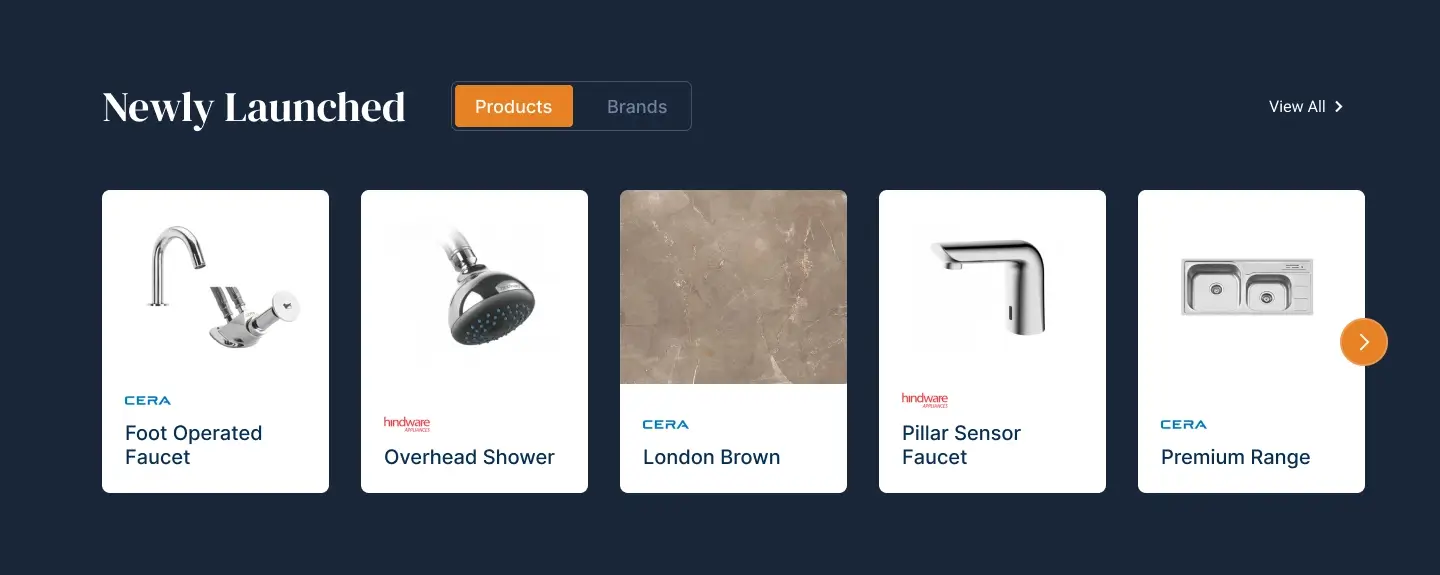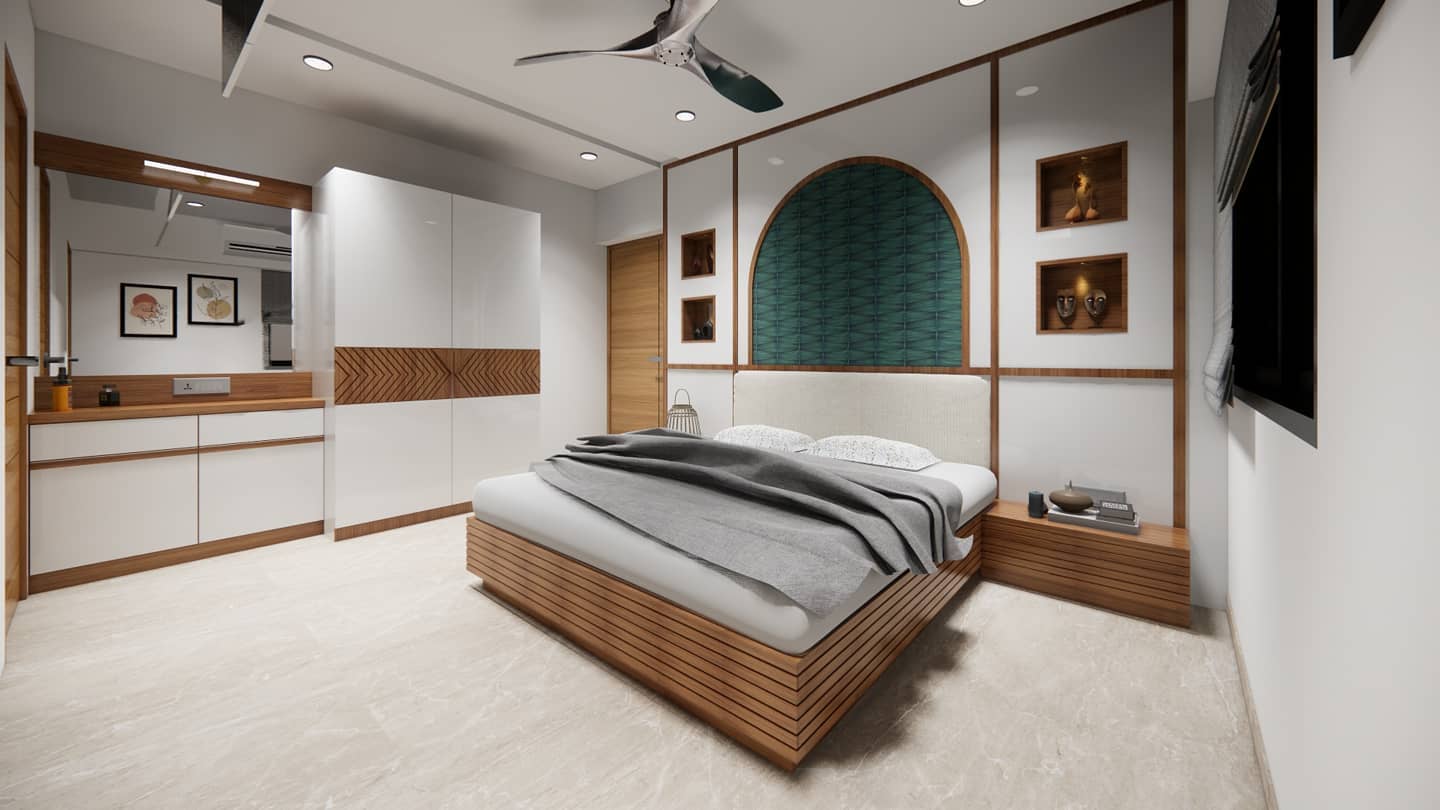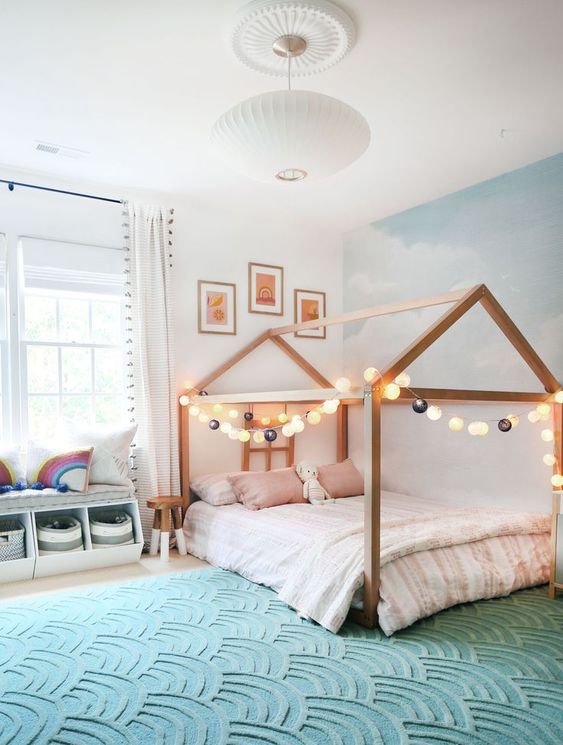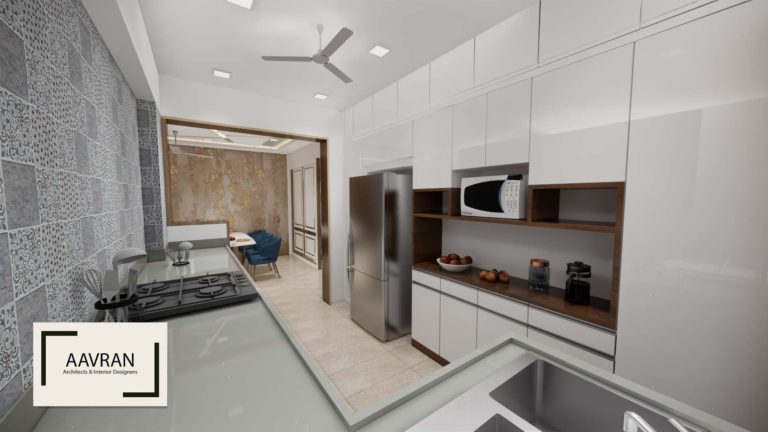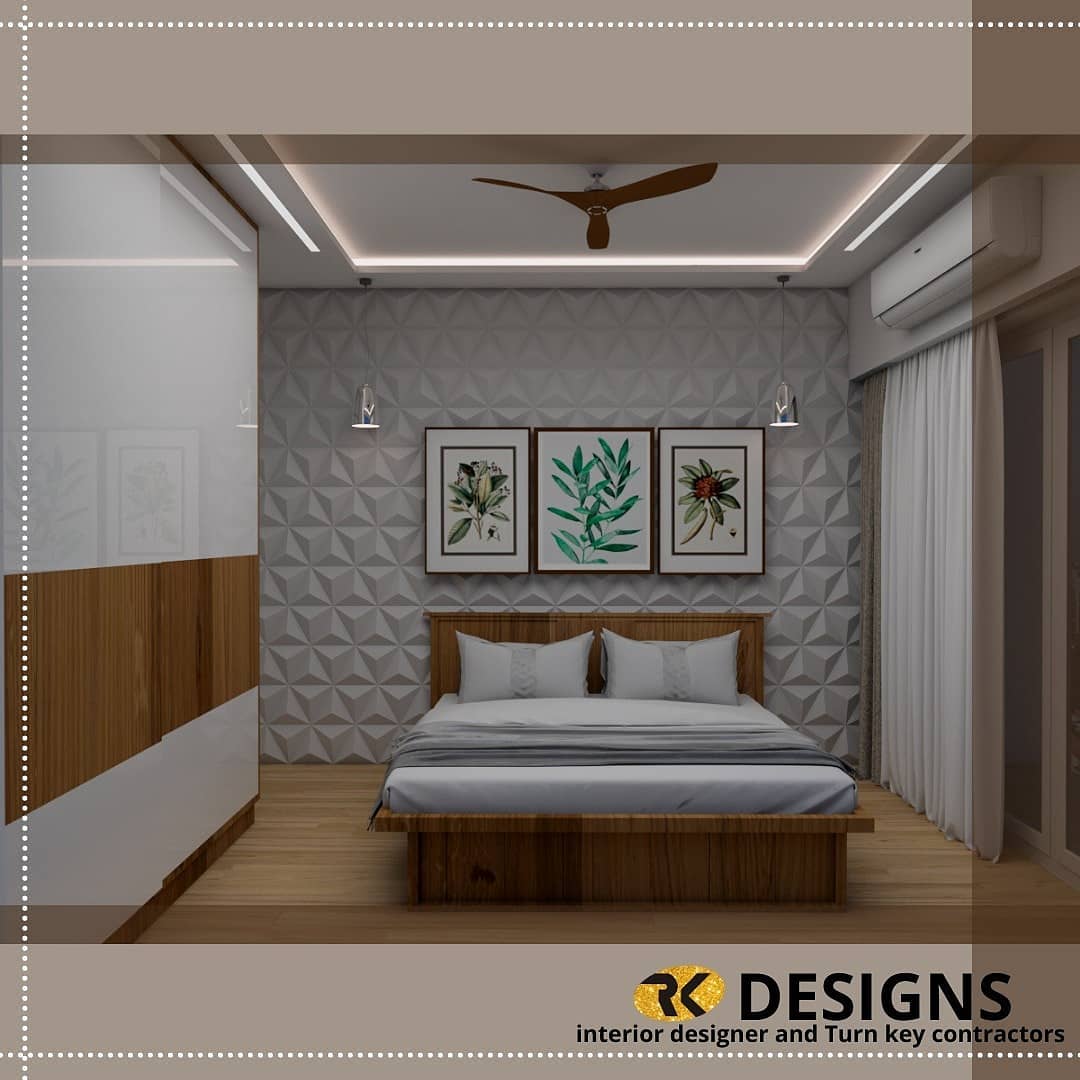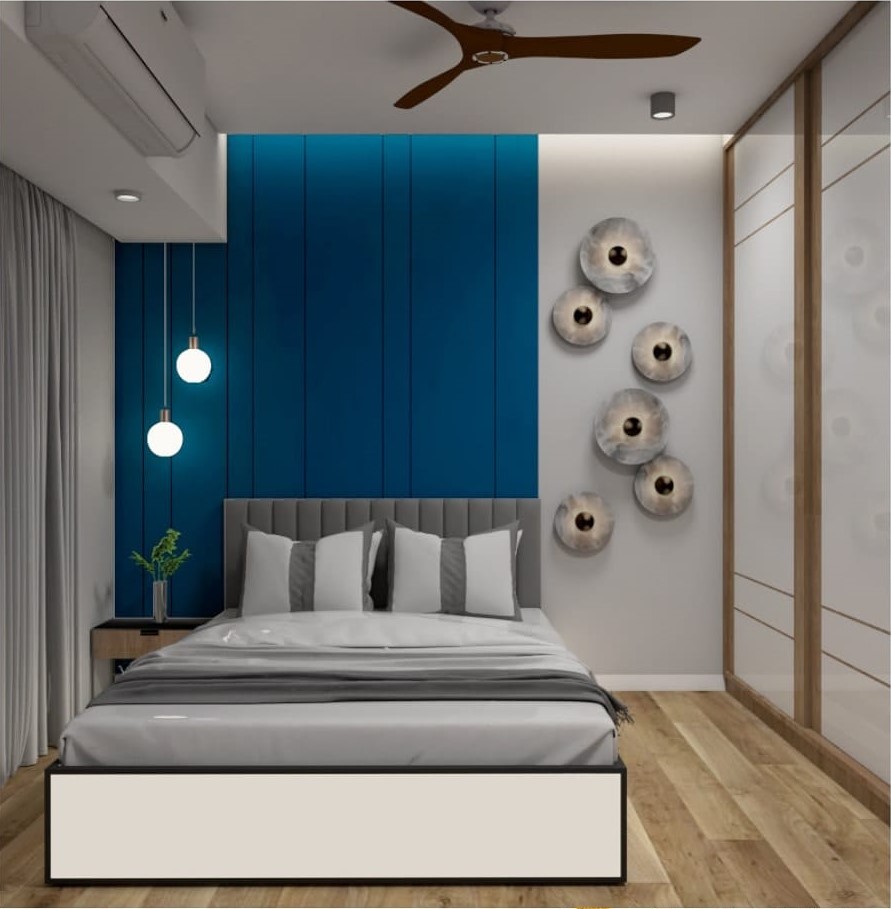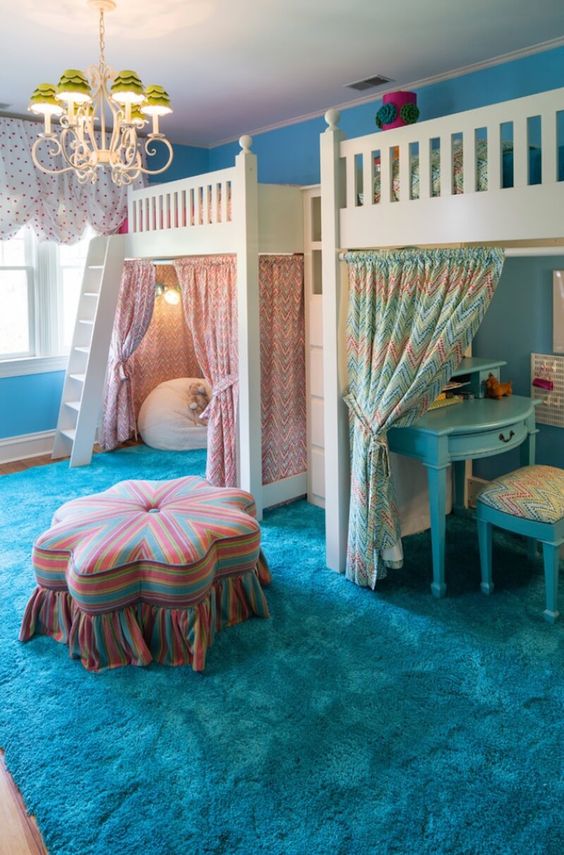
Table of Contents
Buying a new home is one of life’s most significant milestones. But securing that dream goes beyond just collecting the keys it’s about understanding how to choose home insurance that protects your investment from life’s unexpected turns.
From natural disasters to accidental damage, having the right cover ensures your home and everything in it stays protected.
What is Home Insurance and What Does It Cover?

Home insurance, also known as homeowner’s insurance, protects your house, personal belongings, and liability in the event of damage or loss. It helps homeowners stay financially protected against various risks.
Here’s what most standard home insurance plans usually cover:
- Structural damage to the home caused by natural or accidental incidents (excluding specific disasters like floods or earthquakes unless you add riders).
- Contents cover, which insures household items like furniture, electronics, and appliances.
- Personal liability protection is designed to help the insurer if someone gets injured on their property or if they unintentionally damage someone else’s property.
- Additional Living Expenses (ALE), which cover costs like hotel stays or temporary rent if your home becomes uninhabitable due to a covered event.
Types of Coverage in Home Insurance

Depending on your location and lifestyle, the right home insurance coverage can vary. Here’s a breakdown of the most common types of coverage to consider:
1. Building or Structure Cover
- Protects the physical structure of your home, including the ceiling, walls, plumbing, and built-in fittings.
- Ideal for homeowners who own the house and the land.
2. Contents Cover
- Protects personal belongings inside the home.
- Essential for both homeowners and tenants.
3. Comprehensive Policy
- Offers combined protection for the building and its contents.
- Also includes liability and ALE cover.
4. Natural Calamities Cover
- Covers damage caused by earthquakes, cyclones, floods, landslides, etc.
- Usually available as an add-on or rider to the base policy.
5. Burglary and Theft Cover
- Offers compensation for any loss or damage caused by theft or attempted break-ins.
- High-value items like jewellery or artwork may need to be declared separately.
6. Personal Liability Cover
Shields you from legal obligations if someone is injured on your property or if you cause accidental damage to someone else’s property.
Factors to Consider When Buying Home Insurance

Choosing the right home insurance policy involves more than comparing premium rates. Every home and homeowner is different, and so are their needs. To ensure your property is truly protected, you need to evaluate several critical aspects before finalising a plan.
1. Coverage Type and Extent
Begin by understanding what’s included and excluded in the policy. Ideally, your insurance should provide adequate coverage for:
- The structure of the home
- Personal belongings
- Liability protection
2. Additional Living Expenses
You’ll also want to determine if the policy offers actual cash value, replacement cost, or extended replacement value. For example, if your furnishings are damaged, a replacement cost policy will cover their full price (without depreciation), unlike an actual cash value policy.
3. Location-based Risks
Where your home is located directly affects the kind of risks it may face. Insurers assess regional risks such as:
- Flood-prone or earthquake-prone areas
- Proximity to a coastline
- Crime rate in the neighbourhood
- Local fire department distance and response time
Homes in high-risk zones might require add-ons or specialised riders, especially for natural disasters not included in standard plans. Be sure to check if you’ll need additional property insurance to protect against local hazards.
4. Premium and Deductibles
While the premium is the amount you pay regularly, the deductible is what you pay out of pocket when making a claim. Striking the right balance is key:
| Premium | Deductible | Impact |
| Higher Premium | Lower Deductible | Pay more monthly, less during a claim |
| Lower Premium | Higher Deductible | Pay less monthly, more during a claim |
5. Policy Limits
Each policy includes limits on the amount paid for certain categories. This can impact high-value items such as:
- Jewellery
- Fine art
- Musical instruments
- Designer clothing
- Electronics
You may need to schedule these items separately or increase your coverage limits for better protection.
6. Rebuilding Cost Vs Market Value
One common mistake homeowners make is insuring their property based on its market value, rather than the cost to rebuild it. The rebuilding cost includes materials, labour, and current construction rates. It’s often different (and higher) than what your home would sell for on the market. Request a replacement cost estimation to ensure your coverage aligns with actual rebuilding expenses.
7. Insurer’s Reputation and Claim Settlement Ratio

The best home insurance policy is only as reliable as the company backing it. Evaluate the insurer’s:
- Claim settlement history
- Customer service responsiveness
- Ease of claim process
- Online reviews and ratings
A reputable provider should have a high claim settlement ratio and be transparent about timelines and procedures.
8. Discounts and Benefits
Look for policies offering added value through:
- Multi-policy discounts (if you bundle with motor or life insurance)
- Security discounts (if your home has surveillance systems)
- No-claim bonuses for years without claims
- Early renewal or digital purchase discounts
These can significantly reduce your overall premium over time.
9. Customisable Add-Ons (Riders)
To make your policy more comprehensive, insurers offer optional add-ons such as:
- Flood or earthquake protection
- Pet liability coverage
- Renters’ protection for leased property
- Home office equipment coverage
- Appliance breakdown protection
These add-ons are especially useful if your home has unique risk factors or expensive systems.
10. Ease of Purchase and Claim Process
Digital-first insurers allow you to:
- Compare quotes instantly
- Buy or renew policies online
- File claims with app uploads
- Track status in real-time
User-friendly platforms, responsive customer service, and quick claims turnaround are vital to reducing the stress involved when you need help the most.
11. Legal Requirements and Mortgage Terms
Most lenders require home insurance for the duration of your mortgage. However, they may insist on particular policy features such as:
- Insurance for 100% of the replacement cost
- Inclusion of natural calamity coverage
- Co-insurance clauses where the lender is listed as a beneficiary
Always read the fine print and confirm that your policy complies with the lender’s terms to avoid complications later.
The right home insurance plan provides comprehensive protection for your property, ensuring that you and your loved ones remain secure, no matter what. Make a wise choice today, and give yourself the peace of mind that every homeowner deserves.





